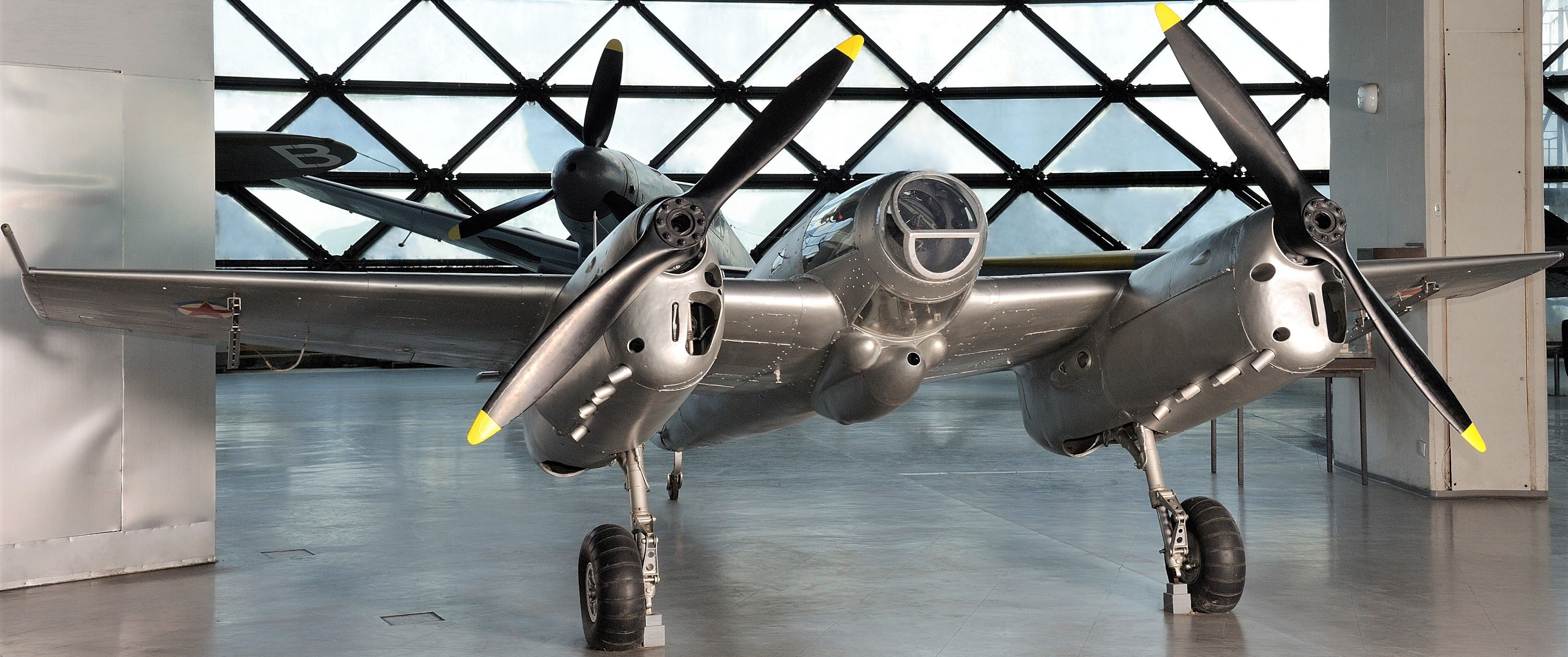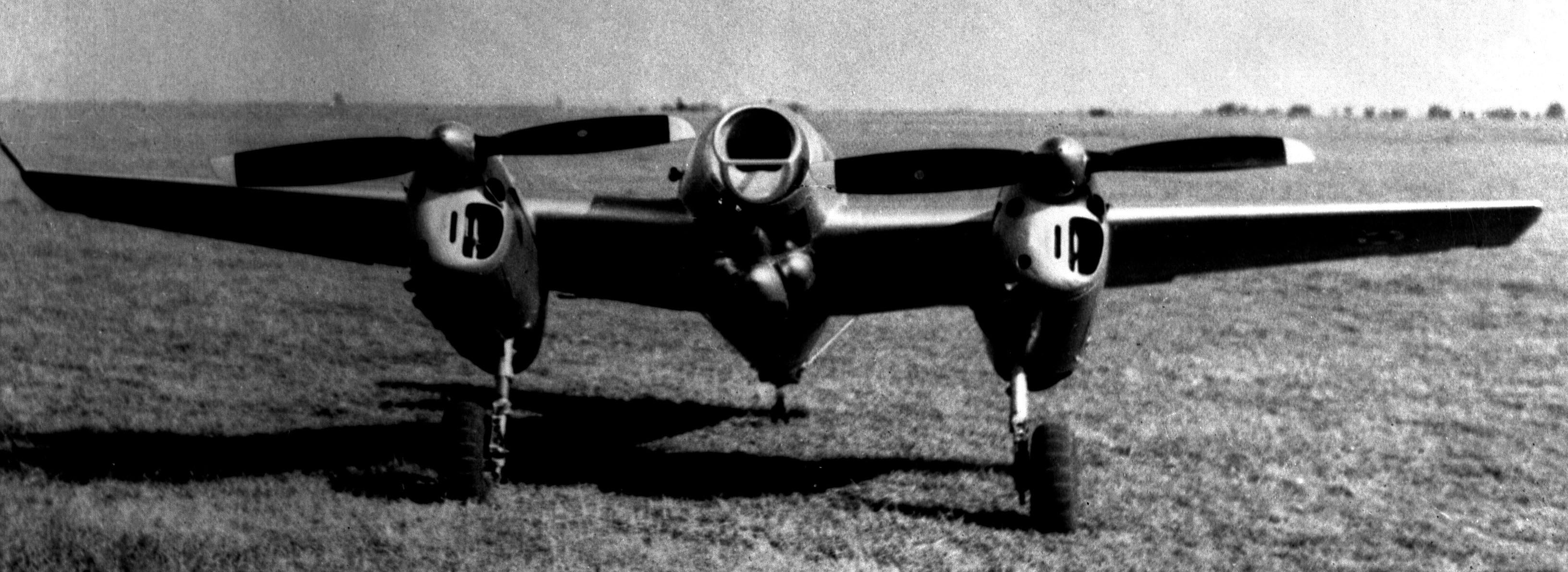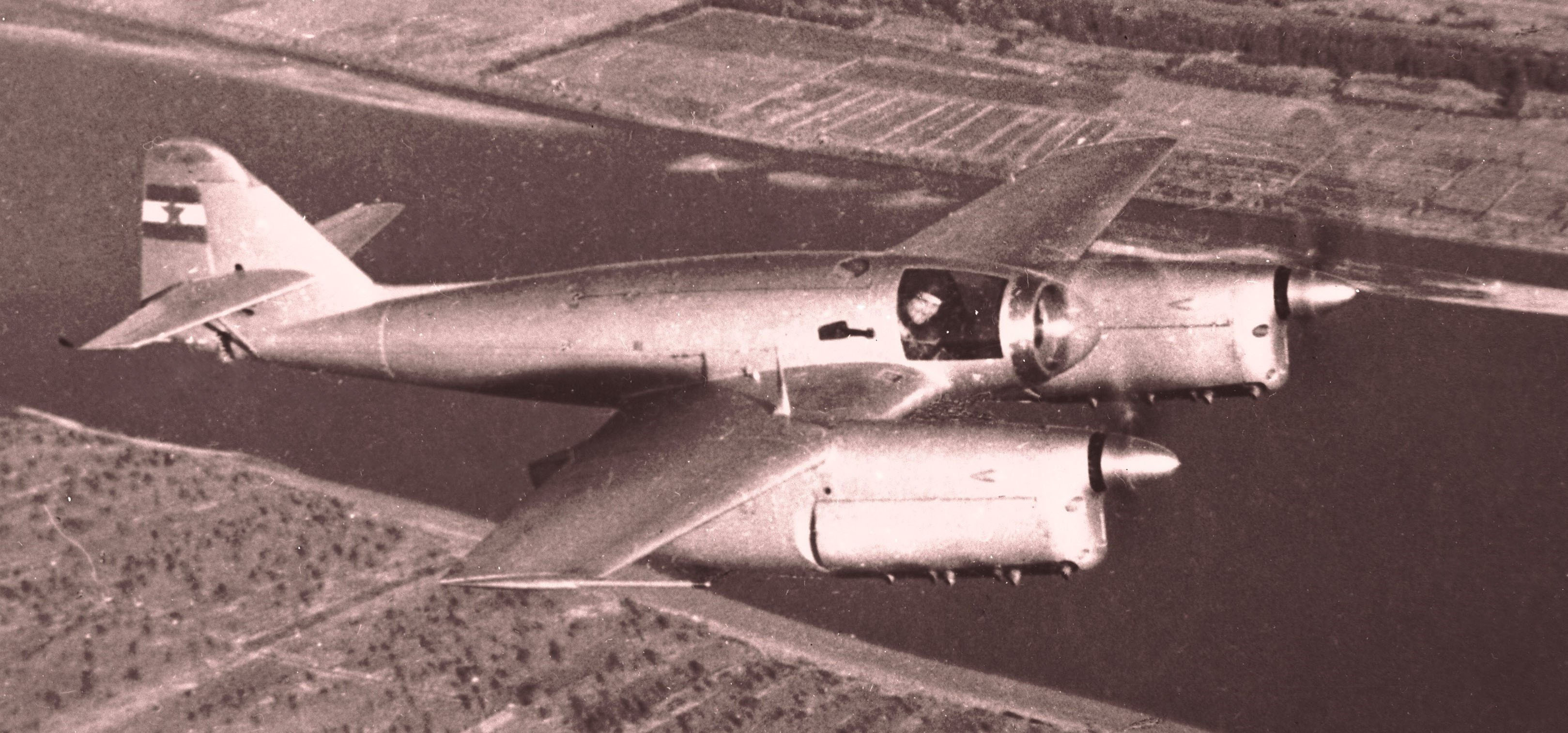Ikarus ''451''
The development of aviation involved numerous tests and experiments. The Yugoslav aircraft construction was very active in that field and gave significant results. Many projects were launched in the Kingdom of Yugoslavia and continued after the Second World War. One of the most famous programs is the venture of the designer Dragoljub Bešlin, who worked in cooperation with the factory “Ikarus” from Belgrade. The project, started as a wooden B-5 aircraft, was continued through the Ikarus 451 aircraft. These projects were solutions for new aviation standards.

In the 1930s, aircraft speeds reached 600 to 700 km/h, and during combat operations, the pilot was often forced to maneuver his aircraft, being exposed to a strong G-force. In an effort to overcome the problem of the negative impact of G-force on the pilot, Bešlin applied a solution in the B-5 aircraft in which the pilot operated lying on his stomach. The plane was not tested in the air due to the April war in 1941, and the prototype was captured and tested in Germany during the war.

Work on Bešlin’s project continued after the war. First, in 1947, an experimental light aircraft Ikarus 232 pioneer was made, which was based on the pre-war B-5 project. Then, under the designation 451, an experimental light assault plane was realized. Due to the small cross-section of the hull, despite the relatively modest propulsion group, it was very fast, and the pilot withstood the overload of 9 G-units without any problems. However, this construction had negative consequences for the pilot - load on the cervical vertebrae, difficult breathing and poor visibility of the cabin. These factors, as well as the emergence of anti-g suits, were crucial to abandon further development.
The example from the museum’s collection was the second prototype. It was disused in 1957 and later assigned to the Aeronautical Museum.


